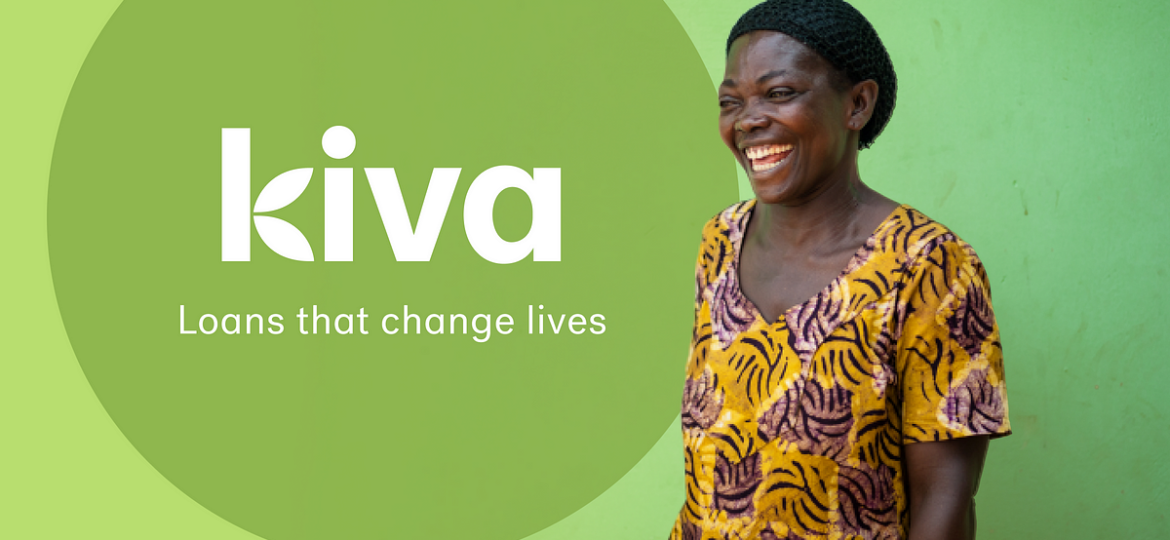
In a world where the chasm between the affluent and the impoverished seems ever-widening, there exists a beacon of hope, a testament to the power of collective goodwill. This beacon is none other than Kiva, an international nonprofit founded in 2005, with a mission as simple as it is profound: to connect people through lending to alleviate poverty. Kiva represents a digital crossroads where compassion meets innovation, offering a lending hand to those in need, one small loan at a time.
The Genesis of Kiva: A Tale of Vision and Humanity
The story of Kiva begins with an epiphany, sparked by the desire to make a tangible difference in the world. The founders, Jessica Jackley and Matt Flannery, were inspired by the concept of microfinance during a lecture by Muhammad Yunus, a pioneer of the movement and a Nobel Peace Prize laureate. They envisioned a platform that would democratize the process of funding, allowing anyone with an internet connection and a heart willing to help to lend to a small entrepreneur halfway across the globe.
Kiva’s model is elegantly simple: through its website, individuals can lend as little as $25 to entrepreneurs in developing countries. These entrepreneurs, often unable to access traditional banking services due to the high risk and low amounts involved, use these loans to start or expand their small businesses, from agriculture to artisan crafts. The loans are facilitated through a global network of field partners, ensuring that Kiva lenders’ funds reach their intended recipients.
The Impact: Beyond Dollars and Cents
To date, Kiva has facilitated over $1 billion in loans to millions of entrepreneurs in more than 80 countries. But the true measure of Kiva’s impact cannot be quantified merely in dollars lent or repaid; it is found in the stories of individuals and communities transformed. Each loan represents a narrative of empowerment, resilience, and hope.
Take, for instance, the story of Maria, a weaver from Guatemala. With a loan funded by Kiva lenders, Maria was able to purchase higher-quality yarns in bulk, increasing her production and her income. This, in turn, allowed her to send her children to school, breaking a cycle of poverty that had ensnared her family for generations.
Or consider the case of James, a farmer in Kenya. Access to credit through Kiva enabled him to invest in drought-resistant seeds and efficient irrigation systems, significantly increasing his crop yield even in the face of challenging climate conditions. James’s success not only improved his family’s standard of living but also served as a model for sustainable farming in his community.
Why Kiva Works: The Power of Microfinance
Kiva’s success hinges on the principles of microfinance, which posits that small amounts of capital can make a significant difference in the hands of the economically marginalized. By providing access to financial resources, Kiva empowers individuals to invest in their futures, fostering entrepreneurship and stimulating economic growth in some of the world’s poorest regions.
Moreover, Kiva’s model promotes a sense of global community and shared humanity. Lenders, often moved by the personal stories of borrowers, are afforded a glimpse into the challenges and aspirations of people living vastly different lives. This connection, albeit facilitated through screens, fosters a sense of empathy and understanding that transcends borders and cultural divides.
The Future: Expanding Horizons and Deepening Impact
As Kiva looks to the future, its mission remains as critical as ever. With poverty persisting as a global challenge and the COVID-19 pandemic exacerbating inequalities, Kiva’s work is far from done. The organization continues to innovate, exploring new ways to extend its reach and deepen its impact. This includes expanding into new regions, supporting education and health initiatives, and leveraging technology to improve the efficiency and effectiveness of its operations.
A Call to Action: Joining the Kiva Community
Kiva’s story is an invitation to each of us to play a part in shaping a more equitable world. It reminds us that even the smallest act of kindness, a loan of $25, can have a profound impact on someone’s life. As a community of lenders and borrowers, Kiva demonstrates the incredible potential of collective action to drive positive change.
So, as we continue to navigate the complexities of our global landscape, let us take inspiration from the Kiva model. Let’s embrace the opportunity to lend, not just our money, but our support, our hope, and our belief in the potential of every individual to thrive. For in the end, Kiva’s story is not just about loans and repayments; it’s about human connection, empowerment, and the enduring belief that, together, we can create a brighter future for all.
Join the Kiva community, and be part of the journey towards a world where everyone has the opportunity to prosper. Because every seed of support we plant today can grow into a forest of opportunity tomorrow. Let’s get lending, folks.

